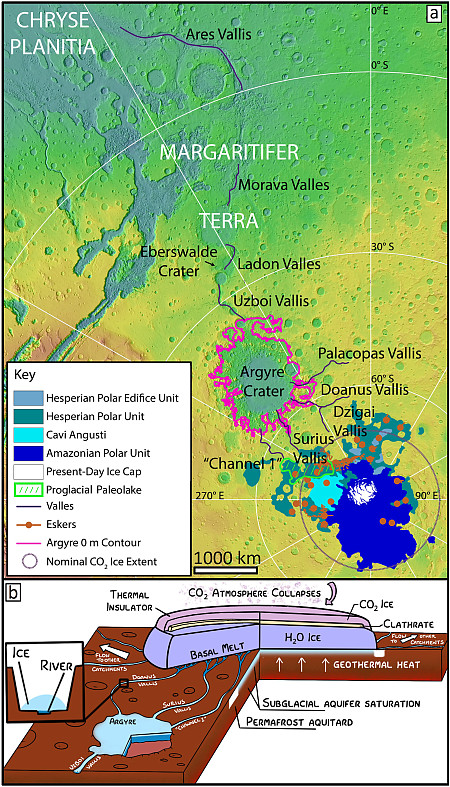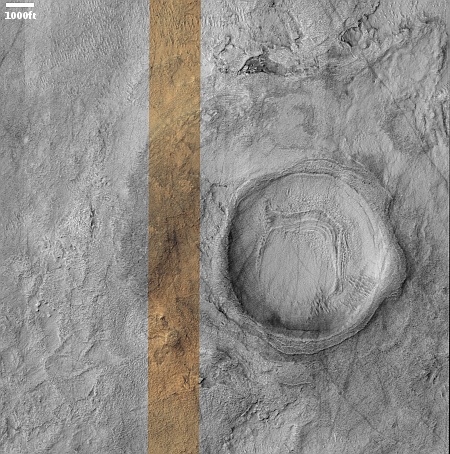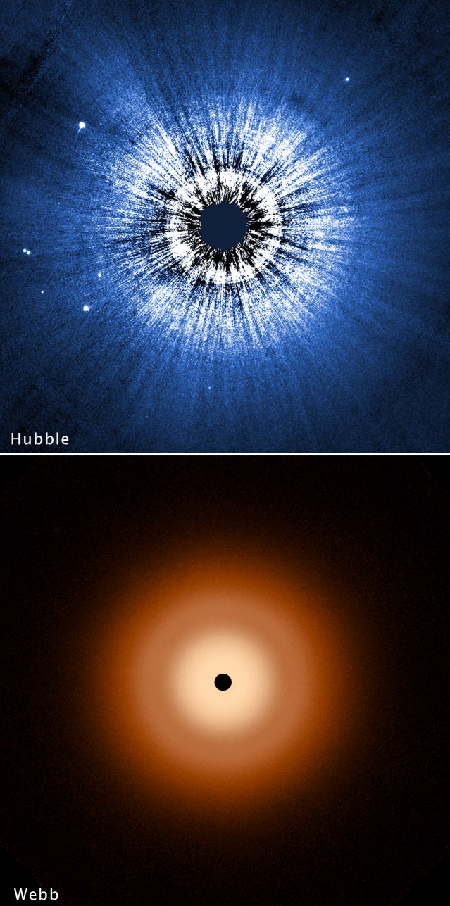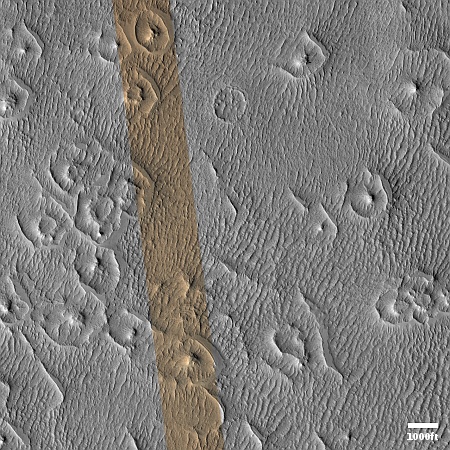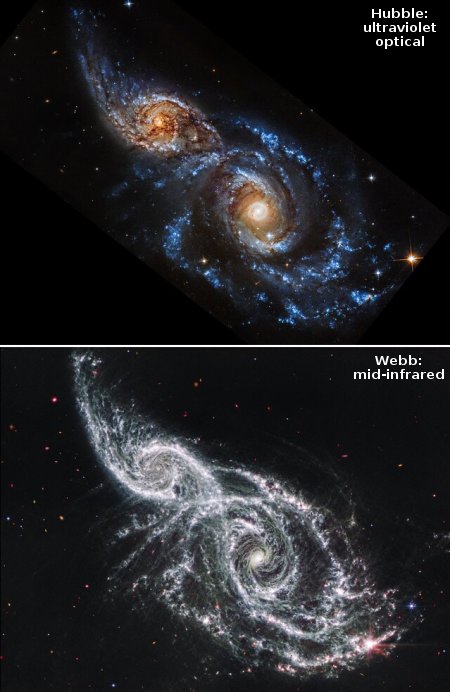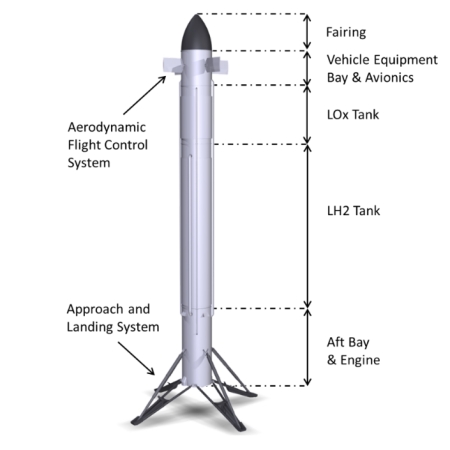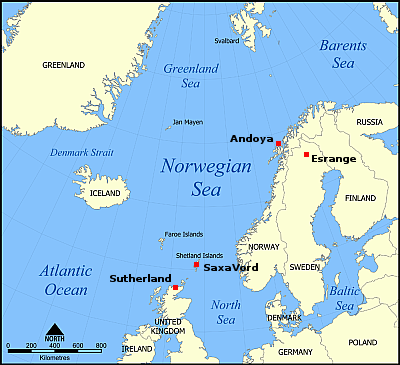Japan launches military communications satellite
Japan today successfully launched a military communications satellite on the fourth launch of Mitsubishi’s new H3 rocket.
Liftoff occurred at Japan’s Tanegashima spaceport on the southern end of Japan’s island chain.
This was Japan’s fifth launch in 2024, the most launches it has accomplished in a single year since it completed six in 2018. As such the leader board in the 2024 launch race remains unchanged:
107 SpaceX
49 China
12 Russia
11 Rocket Lab
American private enterprise still leads the rest of the world combined in successful launches 124 to 74, while SpaceX by itself still leads the entire world, including American companies, 107 to 91.
Japan today successfully launched a military communications satellite on the fourth launch of Mitsubishi’s new H3 rocket.
Liftoff occurred at Japan’s Tanegashima spaceport on the southern end of Japan’s island chain.
This was Japan’s fifth launch in 2024, the most launches it has accomplished in a single year since it completed six in 2018. As such the leader board in the 2024 launch race remains unchanged:
107 SpaceX
49 China
12 Russia
11 Rocket Lab
American private enterprise still leads the rest of the world combined in successful launches 124 to 74, while SpaceX by itself still leads the entire world, including American companies, 107 to 91.



